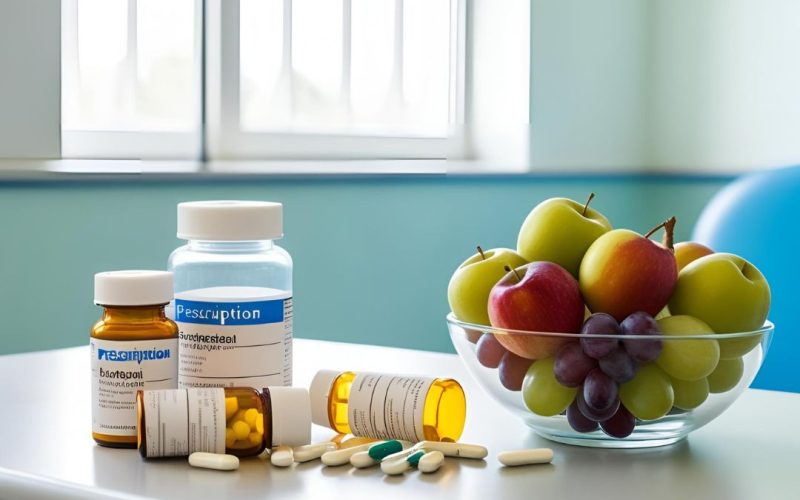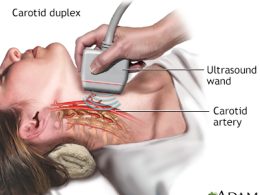Let’s take a step back and think about school for a second. Not the grades or the exams—but those early morning routines, the packed tiffin boxes, and the excitement (or dread) of PE class. Now, think about this—how much of our health education actually came from school? For most of us, the answer is: not much. But here’s the good news—school health programs are finally getting the attention they deserve.
Over the past couple of years, especially post-pandemic, I’ve noticed a shift. Not just as someone casually observing education trends, but as an older cousin helping my niece navigate her school life. What used to be a neglected, tick-the-box kind of subject is slowly turning into a lifeline for students. Health, both mental and physical, is now being woven into the fabric of school life—and honestly, it’s about time.
A Personal Flashback: When Health Class Was Just a Joke
Back in my school days, “health education” meant one awkward session every term where the biology teacher would talk about hygiene and maybe some outdated nutrition tips from a dusty textbook. I vividly remember one session where they played an ancient VHS tape about eating fruits and brushing your teeth. And that was it.
No one talked about anxiety. Or sleep. Or consent. Or period care. It was like these topics didn’t exist in the school space.
So when I visited my niece’s school recently and saw a full-on Wellness Room with counselors, yoga sessions, menstrual hygiene kits, and even a healthy snack program—I was floored. Something’s changing. And it’s big.
So, What’s Behind the Shift?
A few things, really:
-
COVID-19 pulled the curtain back.
The pandemic exposed how fragile our health systems really are. Kids were affected not just academically, but emotionally and physically. Suddenly, mental health wasn’t an afterthought—it was the headline. -
Parents started asking harder questions.
They wanted to know what schools were doing to ensure their children’s wellbeing, not just their report cards. -
The government stepped in.
In India, programs like the School Health and Wellness Programme (under Ayushman Bharat) are aiming to turn health education into a holistic, ongoing effort—not just a one-off class.
What Do Modern School Health Programs Look Like Today?
Here’s the beautiful part—they’re no longer boring. Today’s school health programs are:
-
Interactive and student-driven. Think: health clubs, peer mentors, storytelling circles where kids actually talk about their feelings.
-
Multifaceted. They cover nutrition, fitness, emotional well-being, digital detoxing, reproductive health, and more.
-
Integrated into daily life. Instead of being a stand-alone subject, health themes are being woven into science, physical education, even literature.
One great example I came across recently was in Kerala. A group of schools there collaborated with local health professionals to run weekly health check-ups inside the school, with follow-ups for students who needed care. And get this—they used theater and puppetry to talk about menstrual health and body image. Now that’s real education.
But It’s Not Just in India
In the U.S., schools in states like California and New York have introduced Social Emotional Learning (SEL) as a core component of schooling. Kids are learning to identify their emotions, manage conflict, and practice mindfulness—all before they hit puberty.
Even in Kenya, mobile health vans are visiting rural schools to offer vision and dental checks, because how can a child concentrate when they can’t see the blackboard?
What’s clear is that this isn’t some fleeting trend—it’s a global movement. One that’s long overdue.
Let’s Be Real: There Are Still Challenges
As promising as these changes are, we’re not out of the woods.
-
In rural or underfunded schools, especially in remote areas, access to basic facilities like clean toilets or sanitary napkins is still a struggle.
-
Teacher training is patchy. Not every teacher knows how to talk sensitively about mental health or gender identity. It takes effort, compassion, and a lot of unlearning.
-
Stigma still lingers. Talking about mental illness or menstruation is still taboo in many households. Schools often have to walk a tightrope between being progressive and not offending community sensibilities.
But hey—progress is progress, even if it’s messy and uneven.
Bridging Health and Education: Why It Matters
Here’s something that blew my mind. According to a UNESCO report, children who have access to regular school health services are 25% more likely to stay in school longer and score higher in academics. That’s a massive difference.
It’s not just about healthier kids. It’s about building resilience. About teaching empathy. About equipping kids with life tools they’ll carry long after they’ve forgotten trigonometry.
And amid all this, you’ll find tidbits in the Latest Health & Medicine News—but what those headlines often miss is the quiet revolution happening in classrooms, cafeterias, and school clinics.
A Hopeful Future, One Classroom at a Time
I remember chatting with a school nurse in Himachal Pradesh during a field project last winter. She told me how a 9-year-old girl came to her with severe abdominal pain—and it turned out the child had never been told what a period was. Thanks to the school’s new health initiative, she not only got care but also joined a peer group that now talks about body health every week.
This isn’t just about health. It’s about dignity. About making sure no child feels left in the dark about their own body or mind.
So yeah, school health programs may not make front-page news every day—but they’re changing lives quietly, one student at a time. And that, in my book, is the kind of education that really matters.
Final Thoughts
We’ve come a long way from those cringe-worthy health lectures. Today, schools have the power—and increasingly, the tools—to raise not just smarter students, but healthier, happier humans.
If you’re a parent, teacher, or just someone who cares—ask your local schools what their health programs look like. Volunteer. Share ideas. Even just starting a conversation can make a difference.
Because at the end of the day, education without health is incomplete. And now that we’re finally putting both in focus, the future feels just a little bit brighter.












